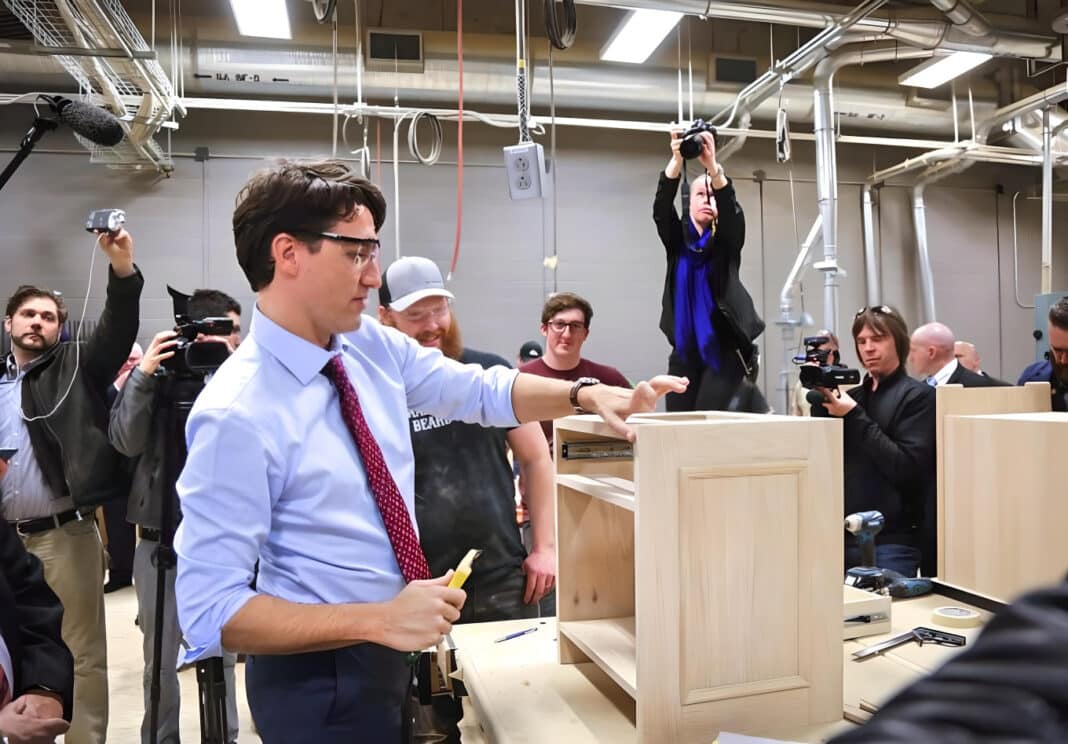Canada is turning back the clock as the Trudeau government grapples with a billowing housing crisis, with up to 15% of residents in Vancouver, Montreal, and Toronto paying 50% of their household income on rent.
To address this, Canada is now using a catalogue of pre-approved home designs to reduce the cost and time to construct homes, in return to a concept previously used after the Second World War when thousands of returning soldiers needed housing.
At the time, Wartime Housing took just 36 hours to build, with nearly 26,000 rental units constructed across Canada, especially in British Columbia, Ontario and Nova Scotia between 1941 and 1947.
The policy has the backing of Canadian Federal Housing, Infrastructure and Communities Minister Sean Fraser, who recently floated the idea that Canada should follow the government’s wartime housing strategy as a solution.
However, he said, the new policy will differ from the past. This time, instead of focusing on single-family “Victory House” structures, it targets designs for multiplexes, mid-rises, seniors’ homes, student housing, garden suites, and lane-way homes.
The catalogue will also feature multiple designs in each category. A government official told Bloomberg overnight that it is “open to modular, panelisation, mass timber, and possibly 3D-printed home designs.”
It comes after Wood Central reported last month that British Columbia and Vancouver, more specifically, are looking to accelerate mass timber construction to meet the demand for affordable housing. It comes as Justin Trudeau spearheading a push to include the changes in the National Building Code.
Billed as the British Columbia Building and Fire Codes (BC Codes 2024), it is part of a sweep of programs aimed at reducing embodied carbon and decarbonising construction – and comes as Canada became a signatory of the coalition of countries that will incentivise wooden construction to meet net-zero targets.
According to Ravi Kahlon, British Columbia’s Minister of Housing, “the proposed changes align with recent work to deliver more homes near transit hubs by allowing taller buildings and more sustainable housing options near transit.”
He added, “These changes will also help reduce carbon pollution, support the forestry sector, create jobs, build more homes and lead to more vibrant, healthier communities.”
In October, Wood Central reported on a push by Japanese giant Sumitomo, which uses mass timber construction systems to drive “built-to-rent” and “affordable housing projects” in North America, Europe and Asia-Pacific.
The aim is to increase density in urban areas through small-scale multi-unit housing and transit-oriented development, creating more mass timber opportunities to build homes more quickly with a lower carbon footprint.

Linda Buchanan, the Mayor of the City of North Vancouver – where core housing need is amongst the highest in the country – strongly supports utilising mass timber construction systems in urban development, noting that the city “has long been a leader in leveraging mass timber technology to tackle future challenges.”
She said the changes “will allow communities to deliver more homes faster, unlock a new era of design possibilities and reduce carbon emissions.”
According to Minister Fraser, the plans will now be tweaked by engineers to make sure they are up to date: “The catalogue of pre-approved designs is going to be tied to existing building codes — the National Building Code, which we will seek to make changes to in the future — but will be designed to mirror the requirements of provincial building codes implemented across the country.”






